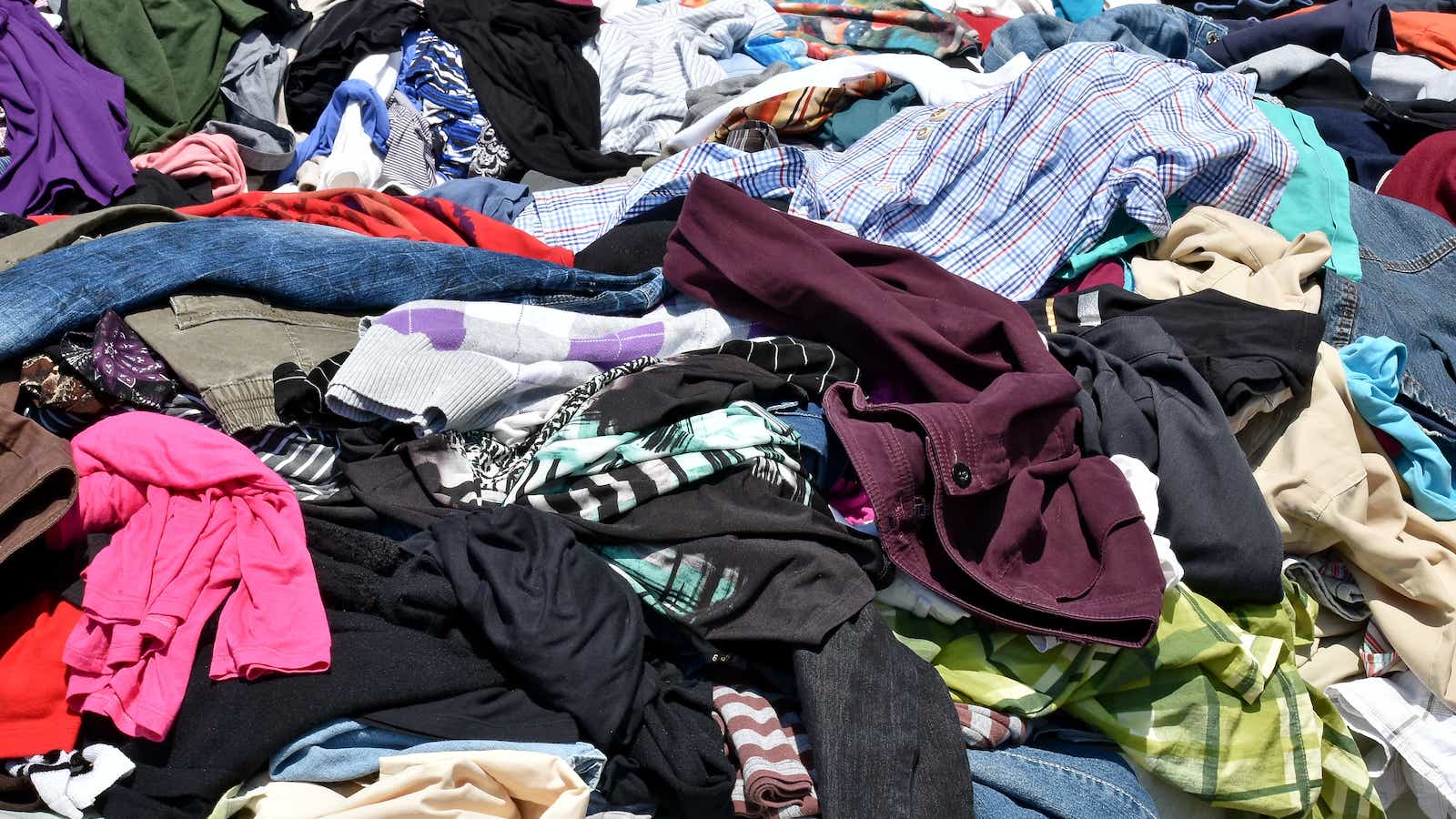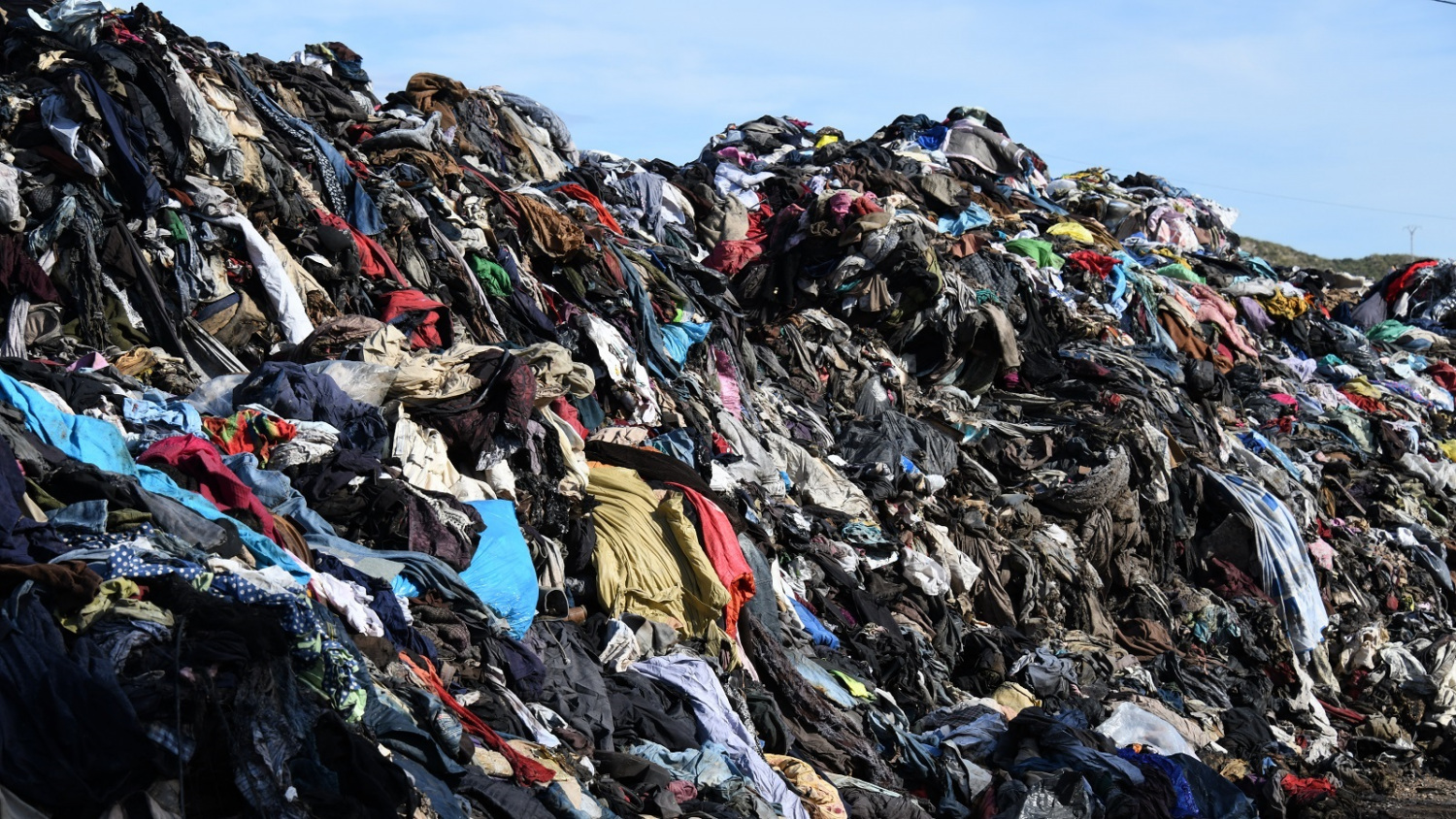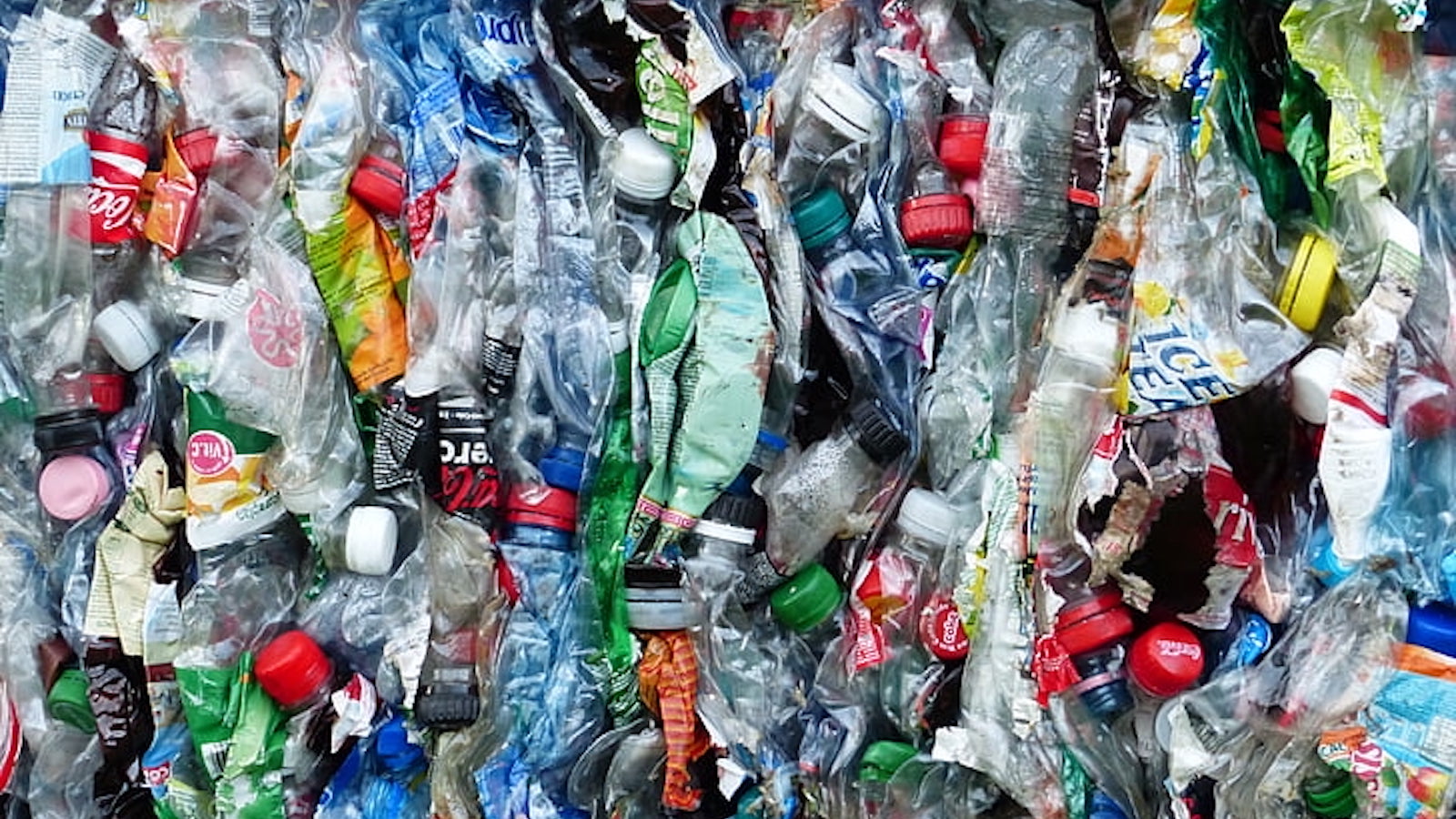
Getting the waste out of fashion should be the next big trend
Sustainable fashion designers are showcased at this year’s season of runways and fashion weeks– but we want to see more.

With this spring season of New York fashion week coming to an end, fashion has been present on my feed and on my mind. Fashion is very important in our culture– and for good reason. It’s how we visually communicate who we are to others, and it’s a way to express ourselves and our creativity. But unfortunately, sustainability is not a standard practice in the fashion industry these days. The fashion industry is responsible for 10% of global greenhouse gas emissions, and it is the fastest-growing waste stream in the US. That’s why the next big trend we want to see in fashion is protecting the planet.
The rise of the microtrend
Fashion used to follow a seasonal calendar, where designers would release four lines a year. But the fashion industry doesn’t stick to that schedule anymore. In fact, the typical four drops per year in fashion has increased to 52 “micro-seasons,” or one new collection being released every week.
Instead of picking up on trends from the catwalk, fast fashion companies rely on the new microtrends circulating the internet and popular culture. Microtrends are fashion trends that have a strong but short-lived surge in popularity. Brands quickly pick up on these fleeting microtrends so they can pump-out copycat clothing at low costs for consumers to snatch up before it’s replaced by the next trend.
Fast fashion companies have mastered this cycle. With the massive amounts of clothing that fill our instagram feeds, stores and closets, it’s no wonder that all of this consumption has a major negative impact on our environment.
There’s too much clothing
Clothing companies are producing two times the amount of clothing than they did in 2000. That’s over 100 billion new garments every year. Even though Americans alone are buying four times more clothing than they did in 2000, people do not wear at least 50% of the clothes they own. The problem is simple: the fashion industry is producing more clothing than we can wear.
Fast fashion is only accelerating this as brands are constantly releasing new designs based on the newest microtrend. What’s more is these brands are trying to convince us that we need more clothes than we actually do. The clothes made by fast fashion companies tend to be cheaper to make and sell and they are not built to last, resulting in a cycle of people buying a surplus of low quality clothing.
The problem is simple: the fashion industry is producing more clothing than we can wear.
This leads to a big waste problem. Companies have to do something with their overstock, which is the clothing that is left behind. Unfortunately, many companies resort to burning or throwing away this unused clothing. In fact, about 30% of all the clothing produced globally each year is never sold or worn and is likely headed straight to the closest landfill or incinerator. It’s almost unfathomable to think that every second, the equivalent of 1 dump truck full of clothing gets dumped in the landfill. This comes from industry waste as well as the clothes that consumers are throwing away.

How can fashion be more sustainable?
Fast fashion has created a culture of disposable clothing– the shorter an item’s lifespan, the more frequently the consumer will need to buy something new. The good news is that not all clothing designers and manufacturers support this wasteful business model of overproduction. There are many brands that prioritize sustainability in their production methods.
Thankfully, awareness of sustainability in the fashion industry has been increasing slowly. Designers are starting to prioritize the environment with the materials they use and their production methods. Even the Council of Fashion Designers of America has encouraged designers to adapt eco-friendly practices. In 2023, over 30 sustainable-focused brands hit the runway at New York Fashion Week, which was an increase from the 13 sustainable designers in the Fall 2020 show. Hopefully, the sustainable designers featured in New York’s fashion week this season are highlighted for their creative visions of sustainably-produced clothing as they inspire the next generation of sustainable fashion designers.
Here are a few ways that brands have adapted their business model to be more sustainable:
- Producing less! Some brands make small batches of their seasonal lines in order to avoid being left with large amounts of overstock.
- Minimize their water consumption and limit the use of toxic dyes that end up polluting our water.
- Using recycled fabric and upcycling materials that would otherwise be thrown away.
- Using eco-friendly materials/fibers like organic cotton instead of synthetic fibers (which come from fossil fuels).
If we are going to see a larger change in corporate policies from the fashion industry, as consumers, we need to show companies that we prioritize sustainability in our clothing. Without consumers advocating for more sustainable practices from these brands, they will continue to pump out cheap clothing that comes at a high cost to our environment.

Forever 21: Waste is out of fashion
Sign our petition calling on Forever 21 CEO Winnie Park to commit the company to not trashing or burning new, unsold clothing.
Topics
Authors
Kathryn Horvath
Zero Waste Campaign Associate, WashPIRG
As the Zero Waste Campaign Associate with WashPIRG, Kathryn is working on our Waste is Out of Fashion campaign. Kathryn lives near her family in Seattle where she enjoys exploring the beautiful Pacific Northwest through skiing, kayaking and practicing her photography.
Find Out More

Students for Sustainable Fashion

Can we fix plastic recycling?

Costco should stop supersizing wasteful packaging

